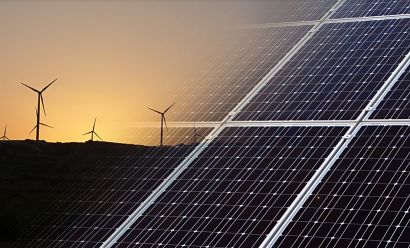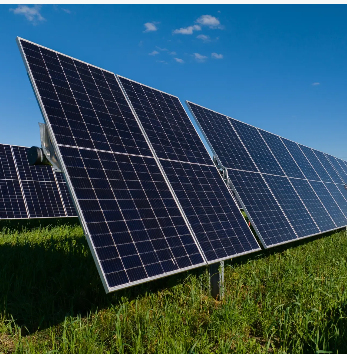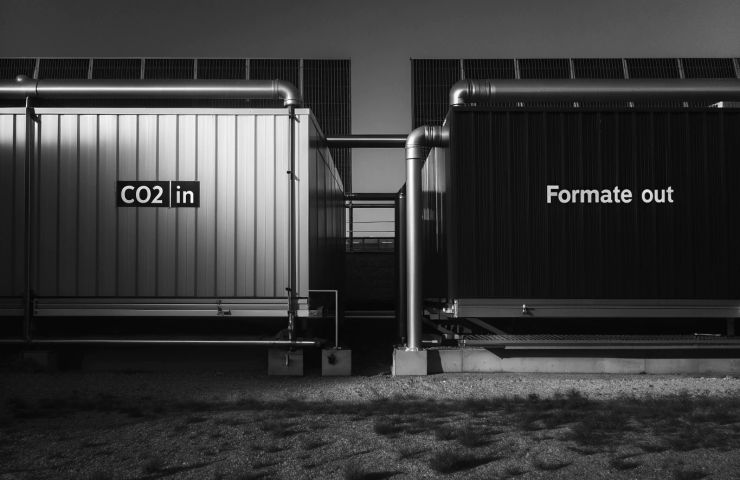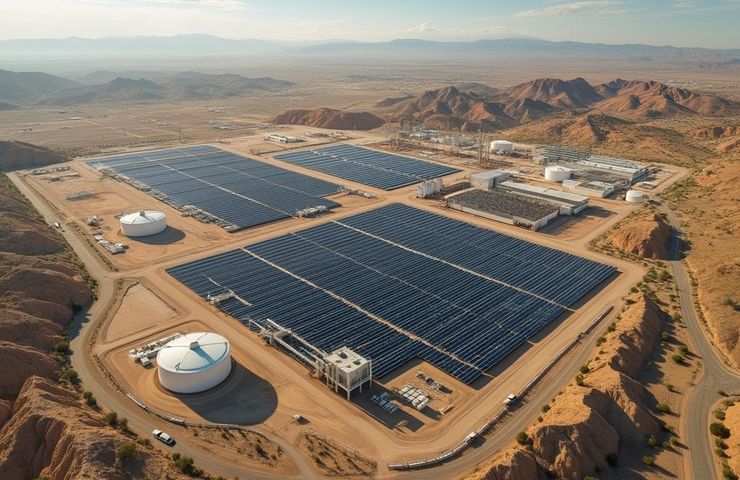Leading threat to farmland is real estate development, not solar, agricultural analysts say
Arkansas could double its total energy generation with solar and still only require a very small fraction of the land to do so, according to analysis by the University of Arkansas System Division of Agriculture.

Arkansas could double its total energy generation with solar and still only require a very small fraction of the land to do so, according to analysis by the University of Arkansas System Division of Agriculture.
Large-scale solar occupies 0.2% of Arkansas’ 13.7 million acres of farmland, according to an analysis by the University of Arkansas System Division of Agriculture. As such, the researchers concluded that solar installations are not considered a threat to the vital industry of agriculture in the Arkansas.
The analysis aimed to address raised concerns about the displacement of agricultural land for non-food production purposes. “While generally considered to have minimal impact on crop prices, other questions about proximal real estate value impacts, exposure to weather risk and land restoration considerations exist,” it said.
However, the leading threat to loss of agricultural land is real estate development, not solar, the analysis said. Arkansas significantly relies on agriculture, the analysis noted, and its aggregate agriculture sector’s share of Arkansas’ economy is 2.8 times that of the United States.
“Given that reliance on agriculture, apprehension about converting agricultural land to solar leasing use is natural, despite land being reversible to farmland after 30 years and the potential for grazing small ruminants, preferably sheep, beneath solar panels,” the analysis said. “Also, solar project development often generates significantly higher levels of income for landowners than some types of agricultural production.”
“As such, landowners can retain ownership of their private property instead of selling it for real estate development, which is the leading threat to loss of agricultural land,” the researchers said.
Eleven Arkansas counties had utility-scale PV systems occupying from as little as 0.2% to 1.3% of their agricultural land base as of 2024, the analysis said. By 2026, the study said, an additional four counties will push agricultural land occupation to 0.4 to 1.7% of their agricultural land base. The remaining 60 counties currently do not have any utility-scale solar projects.
Arkansas could double the total power generated across the state with solar, adding 1.5 GW of solar capacity to the 1.5 GW that is currently generated by a mix of natural gas, coal, nuclear and other sources, while only requiring a very small fraction of the land to do so, the researchers found.
“Even under this extreme level of solar development, which is unlikely to happen, solar would use less than 1% of the 13.7 million acres of agricultural land,” the analysis said. Additionally, the analysis said that current projections of utility-scale solar through 2026 amount to 0.2% of the 13.7 million acres of agricultural land in the state.
According to the United States Department of Agriculture, about 85% of crop and pasture-rangeland in proximity to solar projects remained in agricultural production after solar panels were developed on the land.
“Solar energy can help reach energy production goals because it is plentiful and the technology to capture it is cost effective,” the analysis said.
The study also noted the use of agrivoltaics, the practice of co-locating solar projects and agricultural activity on the same area of land. Typically, the solar facilities are designed with raised profiles so that tractors and animals can pass under them, or by placing gaps in between rows to allow for co-located agricultural and solar production. Agrivoltaics not only provides the landowner with two sources of income for one plot of land, but research finds it often benefits the agricultural production, such as healthier soil and food for sheep grazing,
(See also: Harnessing the power of agrivoltaics: the future of sustainable land use)
In 2007, the University of Arkansas became one of the first institutions to become a charter signatory of the American College and University Presidents’ Climate Commitment and establish the goal of net carbon neutrality by 2040. The University of Arkansas signed a 25-year solar services agreement in 2022, expected to save millions of dollars in electricity costs and cut greenhouse gas emissions by 8.8%.
Utility-scale solar has skyrocketed in Arkansas in recent years. Of the 2.8 GW installed across the state, 1.1 GW was added in 2024, according to data from the U.S. Energy Information Administration and the Solar Energy Industries Association. A 100 MW project began delivering solar energy to the grid in December and another 100 MW project, Redfield Solar, broke ground in March. Redfield Solar will bring in considerably more tax revenue than its prior use as a timber site due to the state’s tax exemptions for timber, bringing in about $250,000 per year compared to the couple thousand dollars of tax revenue it made as a timber site.
Arkansas ranks 16th for its utility-scale solar capacity and 18th per capita. However, the Cornhusker state is ranked 47th for solar jobs, with just 416 people employed in its solar industry.
What's Your Reaction?



























































